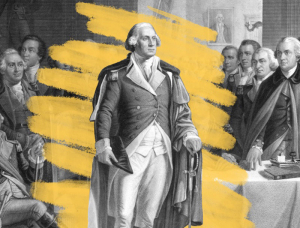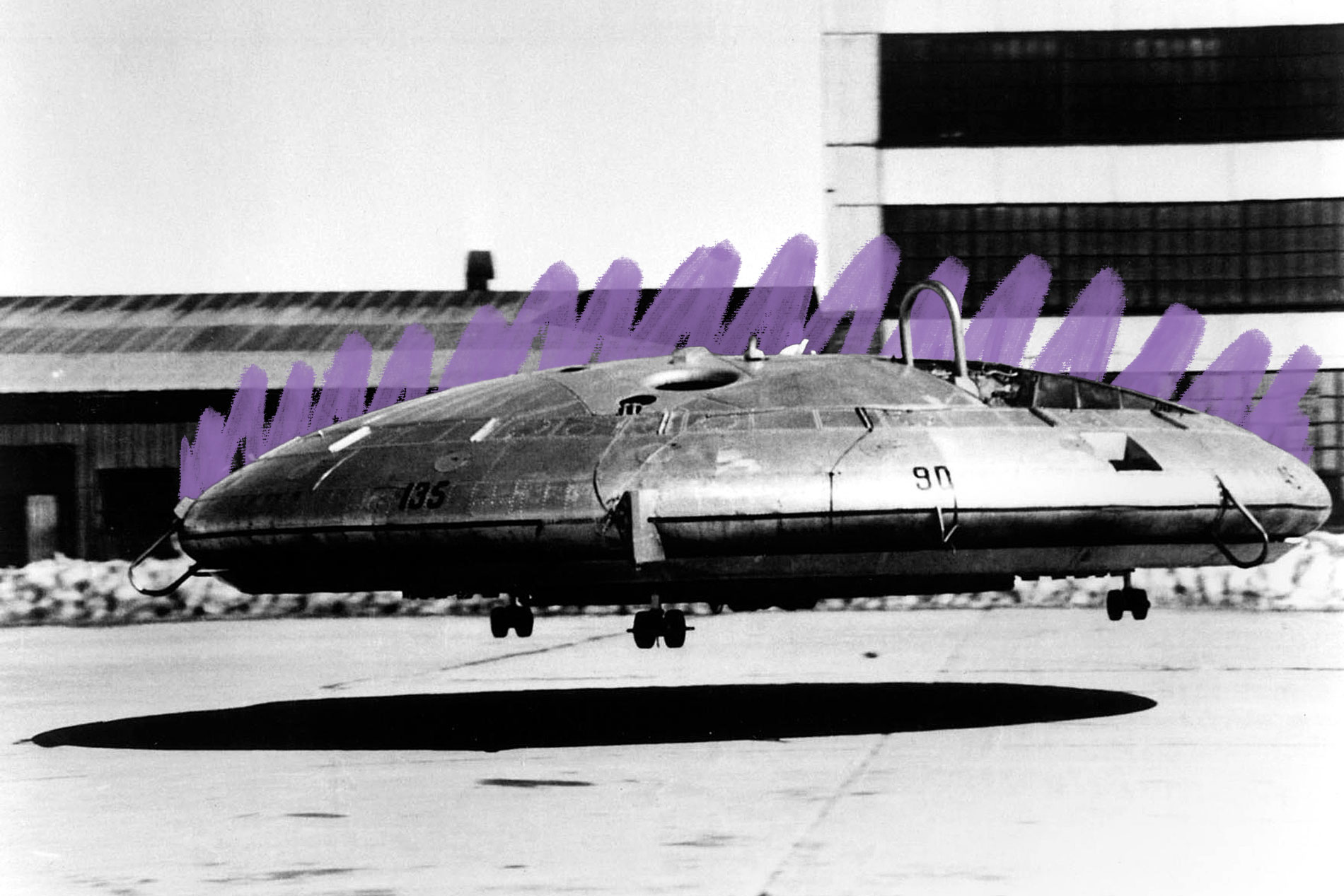The U.S. military tried to make a flying saucer.
UFO, short for unidentified flying object, is a pretty vague term. But it tends to call to mind a specific image in the popular consciousness: a flying saucer. The disc-shaped craft entered the public imagination in 1947 after aviator Kenneth Arnold described a strange sighting of several objects while flying over Washington state, spawning hundreds of other dubious UFO sightings and many a spooky movie. But for a brief time, flying saucers were more than science fiction, thanks to a failed military prototype.
In 1947, the Canadian aircraft manufacturer Avro hired a British engineer named John Carver Meadows Frost, who saw great potential in flying saucers — and worried, in the early years of the Cold War, that the Soviet Union was harboring secret German saucer tech. In 1952, he began developingthe Avrocar, a disc-shaped fighter craft with turbojet engines around the perimeter and a large, central turbine that sucked in air. Theoretically, by directing the exhaust downward or laterally, the craft could take off powerfully, hover smoothly, and zoom around at Mach 4 speeds.
The project became too expensive for Canadian government funding, but the United States Army and Air Force were extremely interested. The Army wanted an all-terrain hovercraft for transport and reconnaissance, while the Air Force wanted a stealthy supersonic craft that could hover below enemy radar and zoom up vertically. Frost figured his saucer could serve both purposes.
The Avrocar, however, didn’t even come close to expectations. After the U.S. took over the project in 1958, Avro produced two prototypes. One went off to NASA, where it proved too aerodynamically unstable to pass a wind tunnel test. The other underwent flight tests, which were just about as disastrous: The saucer would pitch and roll if it got any more than 3 feet off the ground, and had a top speed of only 35 miles per hour. The project ended in 1961.







